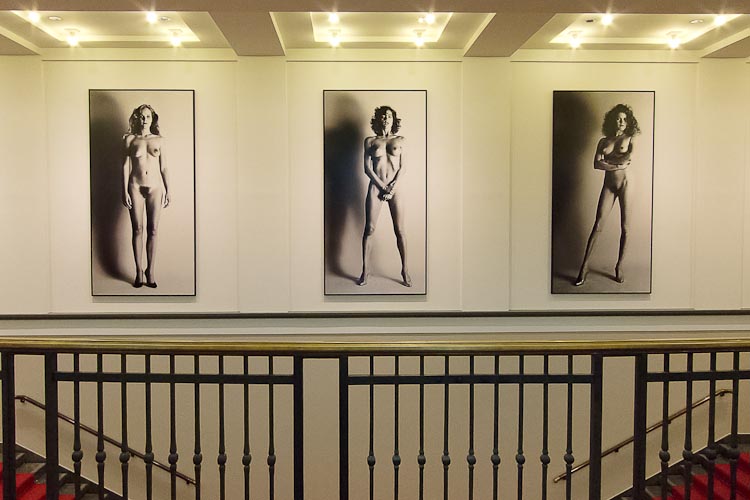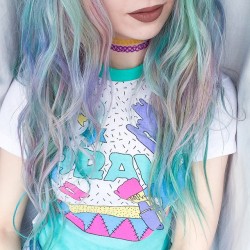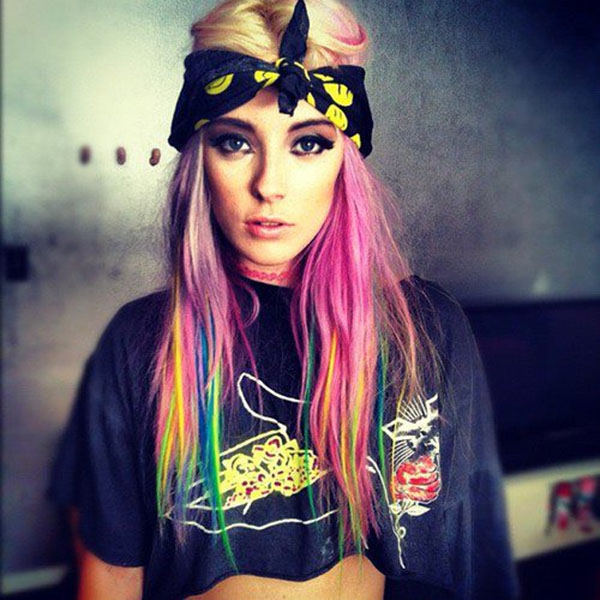Each semester AMFI
organizes the Lectra Awards, a way to recognise the talent in our
3D Hypercraft programme. AMFI.nl sat down with a few of this year’s prize
winners to talk about their projects.
Offered to both Design
and Management students, Hypercraft is a minor providing creative freedom and
independence, with real-life clients in mind. Taking advantage of the freedom
given to him as a designer, Dan Aitouganov chose to create four pieces for his
collection, ‘Woman’s Work’. ‘This minor helped me to find my own handwriting,’
Dan explains, ‘we live in 2015 and yet you notice everywhere that women of the
world are living in the shadow of men. The collection puts the focus on
celebrating women, thus restoring their power.’ With a collection inspired by
artists, including Henri Matisse, Dan wanted to embrace femininity in
details: dimension and curvatures, accentuated by elegant silk ribbon
embroidery and a striking approach to millinery.
'Woman's
Work'. Photographer: Peter Dwars & Creative Director: Imruh Asha
“This minor helped me to
find my own handwriting” – Dan Aitouganov
Sarah
Bruylant holds a photoshoot at Paleis on the Dam.
Sarah Bruylant, design
student, experimented with her freedom in more ways than one. Challenging the
society that tells us to all look the same, her exaggerated and voluminous
pieces encourage people to have faith in their own tastes. ‘I like yellow’, she
says about the streaks of yellow paint, ‘we should wear what we really like!’
Management student Laurens Meister had a different experience working for the
client HUUB, for whom he and teammates Kim Burger and Pia Joosten created the 3
piece collection, ‘Sjora.’ Laurens discusses the project starting points: ‘The
customer competes in triathlons with this gear, looking for movement and
flexibility in fabrics and fit - which was the challenge. The technical
collection was a fusion between technology and nature. The fluorescent print in
early stages of development mimics bioluminescent fishes under water.’
“Dive deep into the world
of pattern making” – Laurens Meister
A
snapshot of a page in Dan's process book.
Throughout the minor
students use the Lectra 3D Virtual Prototyping program, which proved for many
of these “digital natives” to be slightly less intuitive than they’d expected.
For Laurens, the difficulty of executing your ideas in the program is dependent
on the complexity of the idea’, mentions Laurens, as was the case for Sarah and
her large, complex shapes. Students can create patterns in 2D and import them,
or start from a ‘blank’ digital canvas. Sarah said it took her some time to get
her bearings: ‘Designers always want to create something new and different, but
this program changes the way you think about the things you know.’ Students can
experiment with modules of the virtual prototyping software to import body scan
data, simulate the fabrics, and visualise the garment in motion. Dan advises
‘Just jump in and play with the software.’
“It is the next step in
fashion” – Sarah Bruylant
These students say
they'll be using 3D virtual prototyping in their next AMFI project,
especially after experiencing a unique sense of freedom in experimentation.
Sarah is enthusiastic about the future of the minor saying, ‘it’s a privilege
to work with Lectra. It feels like you are learning something important, it’s
the next step in fashion!’ For Laurens, this semester was a first glimpse of
what it will be like working with a real client in the industry. He feels this
type of technology will markedly shape the industry.
For students interested
in the 3D Hypercraft minor, the students have a few useful suggestions:
‘Students interested in product development can dive deep into the world of
pattern making', says Laurens. Although revealing that he was
slightly scared of the minor at first, he adds ‘it’s a good program if you want
to be an independent designer. Don’t be intimidated by the technology'. Sarah
suggests ‘if you get stuck, do things in real life for a bit.' Students agree:
the 3D Hypercraft minor is a fulfilling option for those who want to take
advantage of innovative 3D virtual prototyping for the fashion industry.
Photos provided by the 3D
Hypercraft students for use in the article.
Writing by second-year (International) Fashion & Branding student Rachel Douglass.
Writing by second-year (International) Fashion & Branding student Rachel Douglass.






























.jpg)














